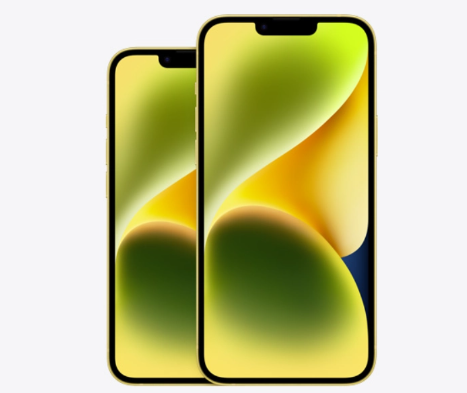
News on July 17, the European Parliament passed a new regulation last month requiring batteries in household appliances and consumer electronics to be easily removable and replaceable by consumers, and will officially take effect in 2027. However, according to the latest reports, this new regulation does not apply to all mobile phones as there are some exceptions.
According to the editor’s understanding, only when the quality of mobile phone batteries is high, manufacturers are allowed to adopt non-removable designs. Specifically, mobile phone batteries must maintain at least 83% of their original capacity after 500 full charge cycles, and 80% of their original capacity after 1,000 cycles. In addition, due to the detachable design of waterproof equipment, it does not comply with this regulation, because this will increase the difficulty of waterproofing the product.

Overseas netizens have raised questions about these exemption conditions. They believe that the new EU regulations will not really change the status quo of mobile phone products. According to the views of most netizens, mobile phone manufacturers still maintain a high degree of flexibility despite too many exemption conditions and may continue to choose non-detachable designs.
It is worth mentioning that according to the core requirements of the new EU bill, electric vehicle batteries, light vehicle batteries and rechargeable industrial batteries with a capacity of more than 2kWh must carry a carbon footprint statement and label, and must have a digital Battery Passport. In addition, for household appliances and consumer electronics, consumers need to be able to easily remove and replace their removable batteries. The bill also sets stricter waste collection goals, including portable battery recycling rates reaching 45% by 2023, 63% by 2027, and 73% by 2030; and light vehicle battery recycling rates reaching 51% by 2028. , reaching 61% in 2031. In addition, the bill stipulates minimum levels for waste battery recycling materials, including a recycling rate of 50% for lithium and 90% for cobalt, copper, lead and nickel by 2027; and an 80% recycling rate for lithium by 2031. The recovery rate of cobalt, copper, lead and nickel reaches 95%. In addition, within 8 years after the regulations take effect, the recycled content of waste used in new battery manufacturing should reach 16% of cobalt, 85% of lead, 6% of lithium and 6% of nickel; within 13 years after the regulations take effect, the recycled content should reach 16% of cobalt, 85% of lead, 6% of lithium and 6% of nickel. 26% of lead, 85% of lead, 12% of lithium and 15% of nickel.
Some people doubt the practical application of the new regulations passed by the European Parliament because of the many exemptions. Mobile phone manufacturers still have a lot of freedom to choose whether to use removable battery designs. Only time and market changes will reveal the true impact of this new regulation on mobile phone products.
The above is the detailed content of EU 'removable battery' rules don't apply to all smartphones, except for high-quality ones. For more information, please follow other related articles on the PHP Chinese website!




